Frustrated with your mag meter acting up? Let’s walk through quick diagnostics before calling the technician.
For basic magnetic flow meter troubleshooting: Check power supply (10-36V DC), verify full pipe (no air gaps), inspect electrodes (clean with vinegar if coated), ensure proper grounding (1-ohm resistance to earth), and confirm fluid conductivity (>5 μS/cm). Most issues resolve with these steps.
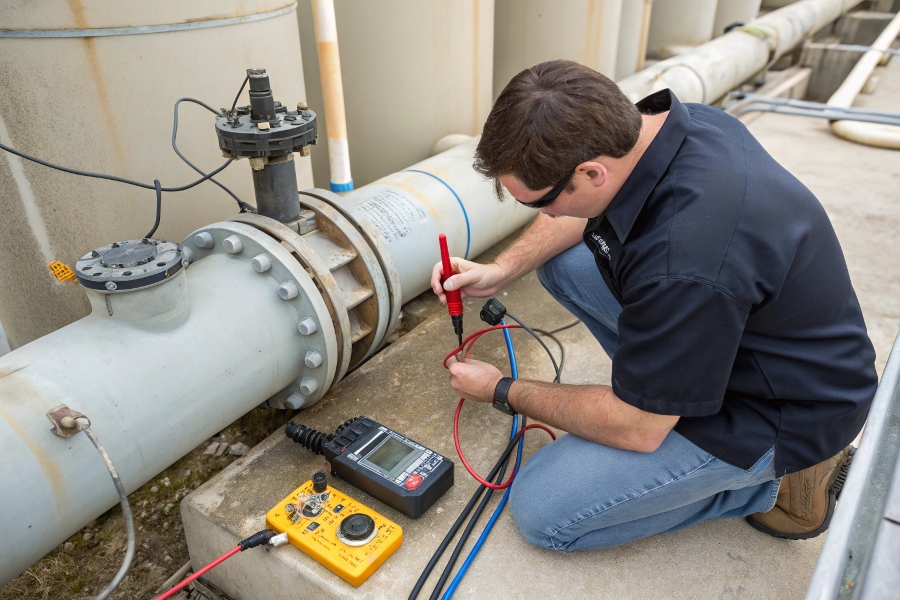
Common Fault Diagnosis Map
Here’s your systematic guide to keeping mag meters running smoothly.
How Do You Troubleshoot a Magnetic Flow Meter?
Mag meters fail predictably – 90% of problems stem from five causes.
Follow this 5-step diagnostic sequence: 1) Verify power LED status, 2) Check pipe fill (air bubbles cause errors), 3) Test fluid conductivity with multimeter, 4) Inspect liner for tears (especially with slurries), 5) Measure grounding quality (voltage between pipe/flange should be <1V AC).
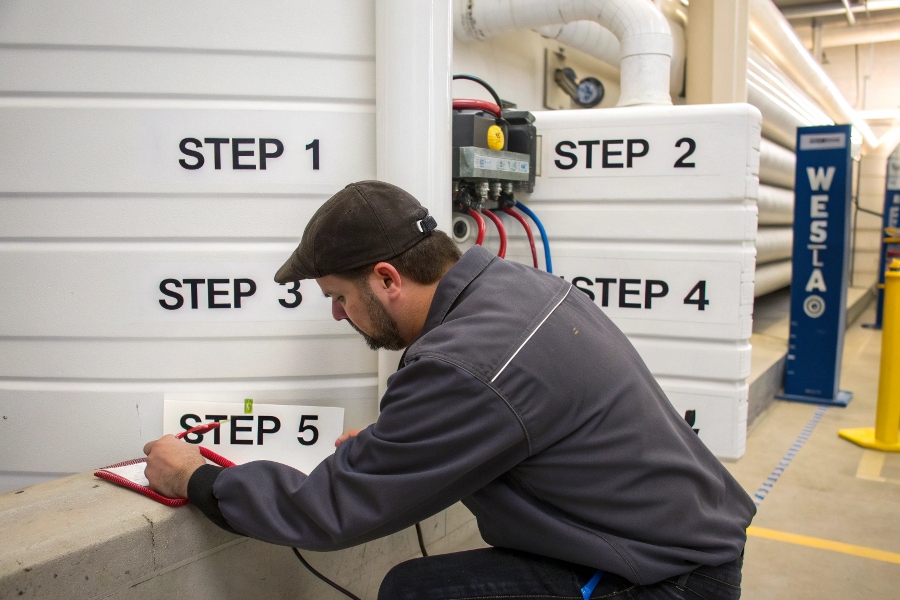
Step-by-Step Diagnostic Process
Critical troubleshooting scenarios:
Top 5 Mag Meter Faults and Fixes
| Symptom | Likely Cause | Verification Method | Solution |
|---|---|---|---|
| Zero drift | Improper grounding | Measure pipe-to-earth resistance | Install dedicated ground rod |
| Erratic readings | Partial pipe fill | Listen for sloshing sounds | Adjust installation angle |
| "No flow" when flowing | Coated electrodes | Visual inspection with boroscope | Clean with 10% HCl solution |
| Negative flow readings | Wrong wiring polarity | Check terminal A/B connections | Swap excitation wires |
| Overload alarm | Moisture in housing | Check IP rating compliance | Replace O-rings/seals |
Why Is My Flow Meter Not Reading Correctly?
Flow errors usually trace back to physics, not electronics.
Three hidden culprits dominate: conductivity changes (e.g., from pH swings), flow profile distortions (needs 10D straight pipe upstream), or electrode polarization (occurs with DC pulses). All cause 5-15% measurement errors that mimic sensor failure.
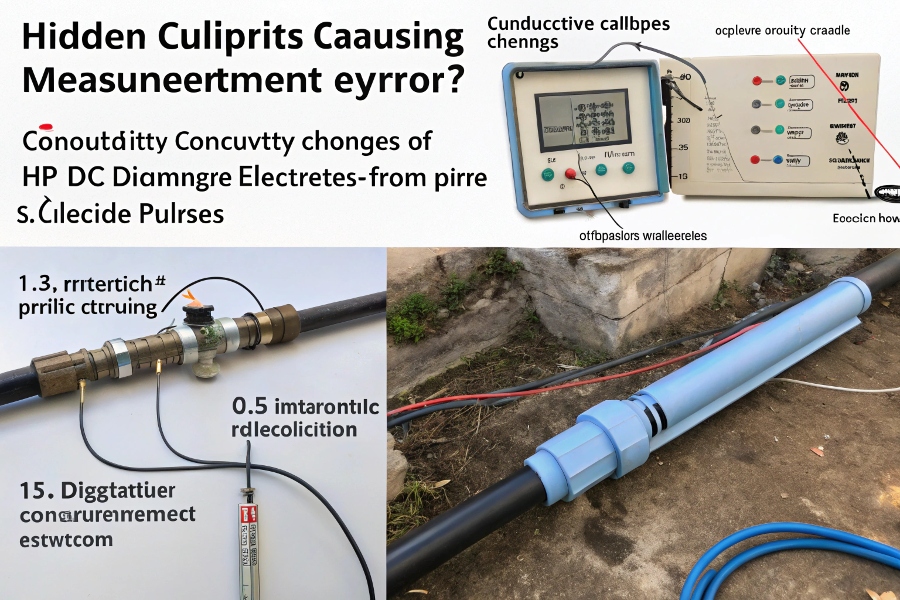
Vortex Formation Near Elbows
Measurement error analysis:
Common Accuracy Killers and Solutions
| Error Pattern | Diagnostic Test | Correction Method |
|---|---|---|
| Consistently high | Compare with bucket test | Adjust meter factor (+/- 2%) |
| Random spikes | Check for variable air | Install air eliminator valve |
| Stuck at zero | Verify conductivity | Switch to higher freq (75Hz) |
| Proportional error | Inspect liner wear | Replace compromised liner |
| Temperature drift | Monitor fluid temp | Enable temp compensation |
What Is the Problem With the Electromagnetic Flow Meter?
Modern mag meters still face four legacy challenges.
The Achilles’ heels remain: 1) Cannot measure hydrocarbons (conductivity too low), 2) Liner fatigue in high-pressure cycling (>25 bar), 3) Grounding failures in plastic pipes (need grounding rings), 4) Coating buildup in slurries (requires electrode cleaners). Smart meters now auto-detect these issues.
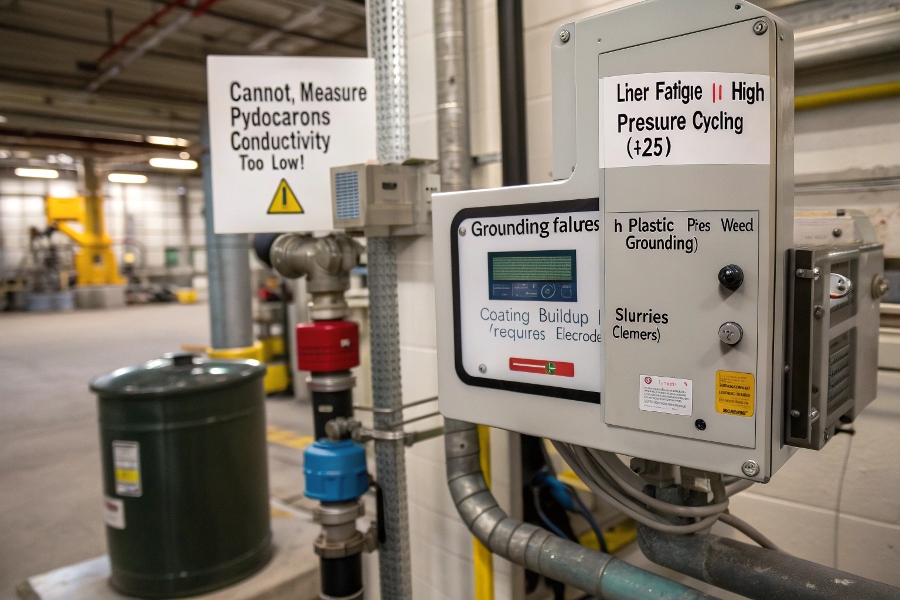
Application Boundary Conditions
Innovations overcoming traditional limits:
Emerging Solutions for Classic Problems
| Problem | Traditional Fix | New Approach |
|---|---|---|
| Plastic pipe grounding | External electrodes | Capacitive coupling technology |
| Liner damage detection | Manual inspection | Impedance monitoring algorithms |
| Coating buildup | Mechanical scrapers | Ultrasonic self-cleaning |
| Low conductivity fluids | Not applicable | Hybrid mag/ultrasonic designs |
How Do You Calibrate a Magnetic Flow Meter?
Field calibration beats factory recalls – here’s how.
Perform 3-point calibration: 1) Zero cal (stop flow, verify 0±0.5%), 2) Span cal (measure actual flow with reference, adjust K-factor), 3) Mid-range check (validate linearity). Smart meters store 10+ calibration profiles for different fluids.
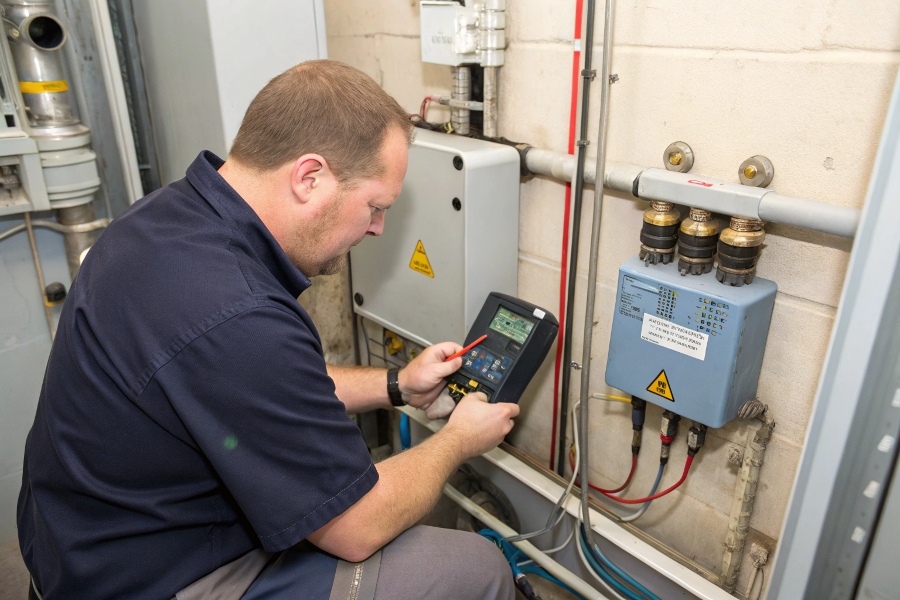
Portable Calibration Rig
Calibration best practices:
Calibration Data Recording Template
| Parameter | Before Cal | After Cal | Tool Used | Compliance |
|---|---|---|---|---|
| Zero error (%) | 1.8 | 0.2 | Process multimeter | ±0.5% |
| Span deviation | -3.1 | 0.0 | Ultrasonic clamp-on | ±1% |
| Repeatability | 1.2 | 0.3 | Flow prover | 0.5% FS |
| Temp effect | 0.8%/10°C | 0.2%/10°C | Thermal chamber | 0.5%/10°C |
Future Trends in Magnetic Flow Meter Technology
The next-gen mag meters are evolving beyond measurement.
Three disruptive trends: 1) IIoT-enabled predictive maintenance (vibration/coating sensors), 2) AI-assisted diagnostics (pattern recognition for early faults), 3) Multivariable designs (simultaneous flow/density/temperature). By 2028, 60% of new mag meters will be cloud-connected.
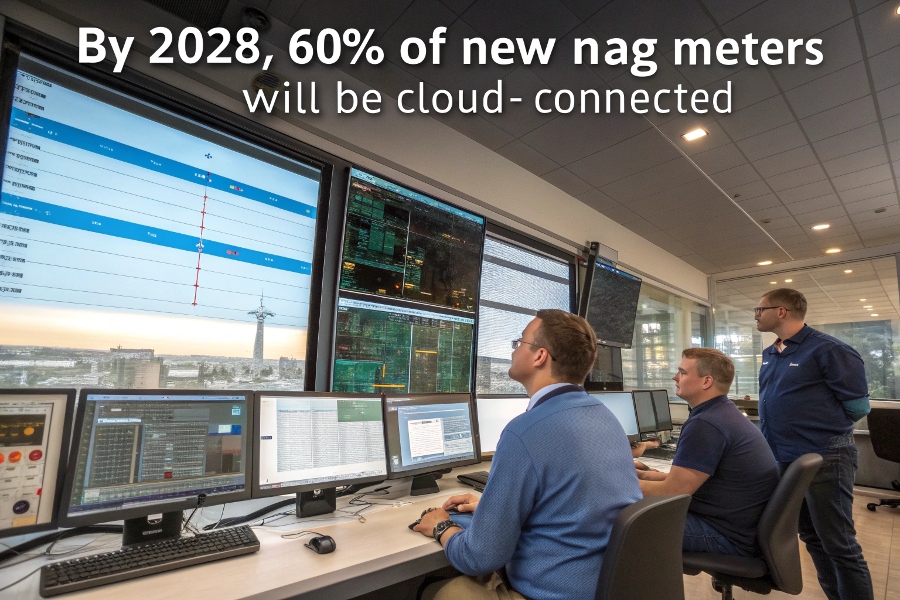
IoT-Enabled Flow Monitoring
Innovation roadmap:
Emerging Capabilities vs Traditional Models
| Feature | Traditional (2010s) | Next-Gen (2025+) |
|---|---|---|
| Connectivity | 4-20mA/HART | WirelessHART/5G/MQTT |
| Diagnostics | Basic alarm relays | Edge-computed FFT analysis |
| Power | 24V DC wired | Energy-harvesting (solar/flow) |
| Calibration cycle | 1 year | Self-calibrating (<0.1%/year) |
| Materials | PP/PTFE liners | Graphene nanocomposite liners |
Conclusion
Effective mag meter troubleshooting combines methodical checks (power/grounding/pipe fill) with modern tools (AI diagnostics, IIoT monitoring). Future upgrades will make them smarter—not just more accurate.
